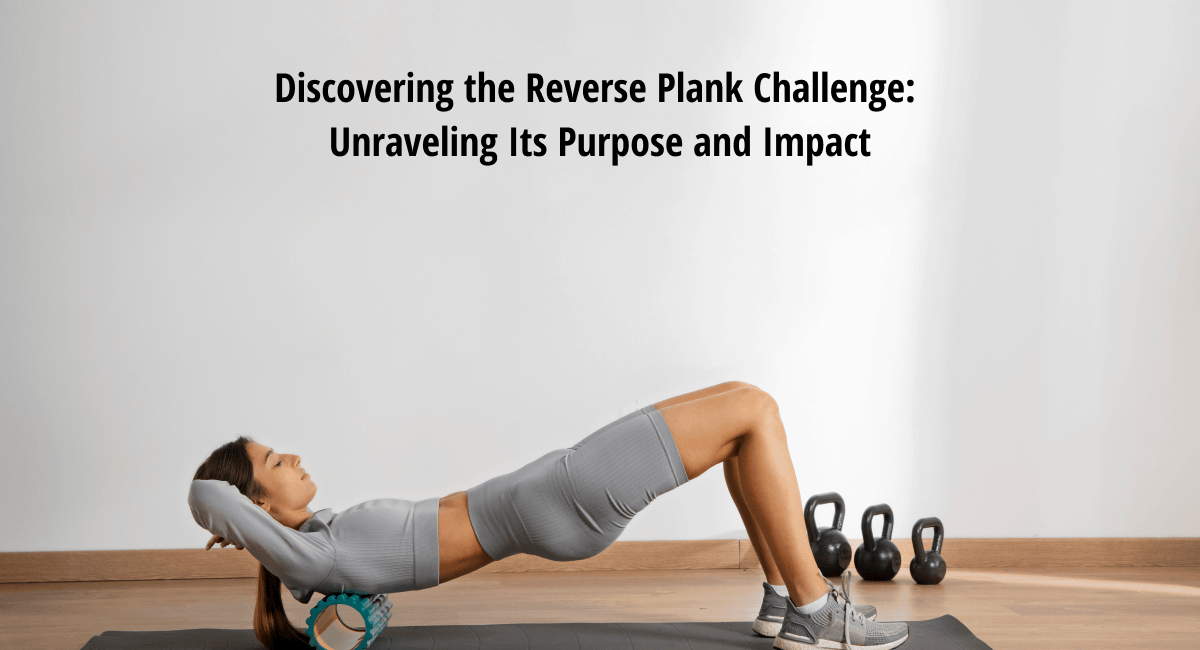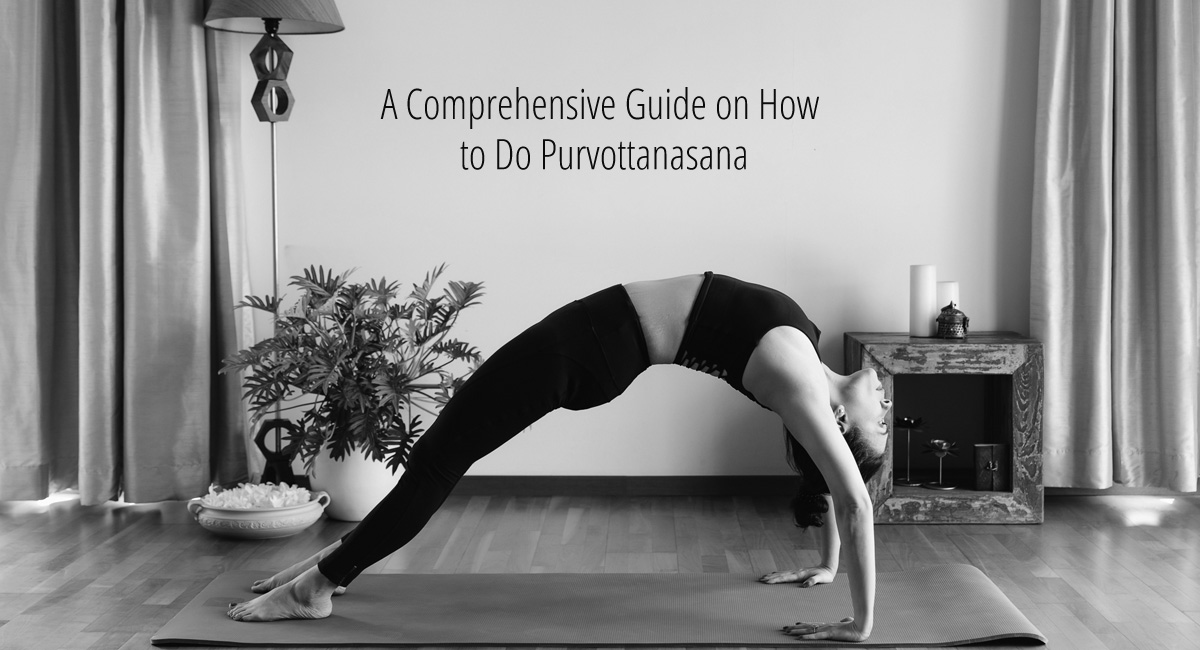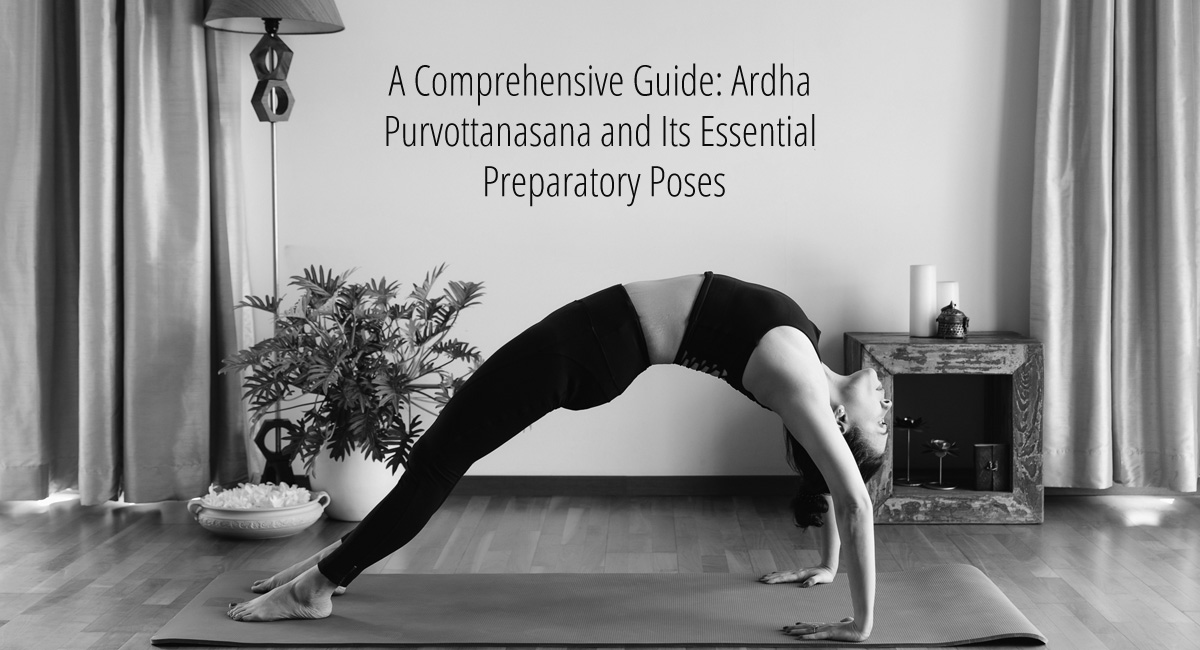
How to Practice Purvottanasana to Relieve Neck and Shoulder Pain
Table of Contents
Understanding Neck and Shoulder Pain
Neck and shoulder pain have become endemic in our contemporary lifestyles, a consequence of the sedentary nature of many jobs and the pervasive use of technology. To find effective relief and restore vitality to these crucial areas of our body, it is imperative to comprehend the intricacies of neck and shoulder pain.
Causes and Common Reasons for Neck and Shoulder Discomfort
1. Muscle Tension and Strain:
Among the leading causes of neck and shoulder pain is the pervasive issue of muscle tension and strain. Prolonged periods of poor posture, repetitive movements, and stress contribute significantly to the tightening and straining of these muscles.
2. Postural Habits:
Our modern habits, especially those related to prolonged sitting and computer use, can wreak havoc on our posture. The slouched position with shoulders forward and neck craned down is a breeding ground for chronic neck and shoulder issues.
3. Stress and Emotional Factors:
The mind-body connection is profound, and emotional stress often manifests physically. Tension and pain in the neck and shoulders can be direct outcomes of stress and emotional strain.
4. Overuse and Repetitive Strain:
Day-to-day activities involving repetitive movements or the overuse of the arms, such as typing or carrying heavy loads, can lead to strained muscles, a significant contributor to neck and shoulder discomfort.
The Role of Poor Posture and Stress in Exacerbating Pain
Desk-bound Dilemmas:
A substantial portion of the population spends extensive hours at desks, staring at computer screens. This sedentary lifestyle is a primary culprit behind poor posture, resulting in persistent neck and shoulder discomfort.
Tech Neck Epidemic:
The proliferation of smartphones has given rise to the phenomenon known as “tech neck.” Constantly looking down at screens strains the neck, contributing significantly to the prevalence of neck pain.
Stress-Induced Tension:
Stress, whether from work, personal life, or other sources, tends to manifest physically. The neck and shoulders, being common stress repositories, bear the brunt of this tension, leading to pain and discomfort.
How Yoga, and Specifically Purvottanasana, Can Be Therapeutic
Yoga as a Holistic Approach:
Yoga stands as a holistic approach to wellness, addressing not only the physical but also the mental and emotional aspects of our health. Purvottanasana, or Upward Plank Pose, emerges as a particularly therapeutic yoga asana for alleviating neck and shoulder pain.
Benefits of Purvottanasana:
Purvottanasana involves a backward bend that stretches and strengthens the entire front side of the body, encompassing the shoulders, chest, and neck. This asana is a potent tool for alleviating tension, improving posture, and enhancing overall flexibility.
Mindful Breathing and Stress Reduction:
The meditative facet of yoga, coupled with conscious breathing, serves to alleviate stress. As stress diminishes, the physical manifestation in the form of neck and shoulder tension is also likely to decrease.
Step-by-Step Guide to Modified Purvottanasana for Neck and Shoulder Pain
Start in Dandasana (Staff Pose): Initiate the pose by sitting with your legs extended in front of you.
Place Your Hands Behind You: Position your hands behind your hips, fingers pointing towards your feet.
Lift Your Hips: Press into your hands and feet, elevating your hips towards the ceiling.
Engage Your Core: Actively draw your navel in towards your spine, engaging your core muscles.
Open Your Chest: Lift your chest towards the ceiling, creating a stretch along the front of your body.
Drop Your Head Back Gently: If comfortable, allow your head to drop back, ensuring there’s no strain on your neck.
Hold the Pose: Breathe deeply and sustain the pose for 30 seconds to a minute.
Release with Care: Lower your hips back to the floor with controlled movements.
Conclusion
Purvottanasana, when practiced mindfully with a specific focus on the unique needs of the neck and shoulders, stands as a powerful ally in relieving discomfort and promoting overall well-being. A consistent yoga practice, coupled with an acute awareness of posture and stress management, can usher in lasting relief.
Join My Yoga Classes for a Mindful Journey!
Embark on a transformative journey to holistic wellness through yoga. Join my classes not only to explore the therapeutic benefits of poses like Purvottanasana but also to delve into the broader philosophy and mindfulness that yoga offers. The path to a pain-free and balanced life begins on the mat—be a part of our mindful community today.

I am a Pune based artist, Kathak dancer, Dance Movement Therapist, and an avid Yoga practitioner/ teacher. I am also the Director at the Sakal Media Group, a Trustee of Pune Blind School and Nirdhar Trust.
Being a part of Sakal Media Group, with its strong foundation of service and ethical journalism, I am deeply committed in making this world a better place by pushing boundaries, giving opportunities to others, following my convictions, helping others make better choices and to tell powerful stories that will help reshape the world we live in.





